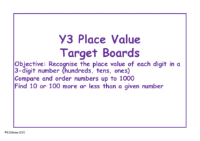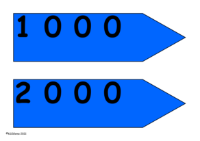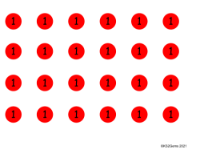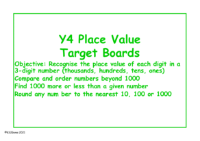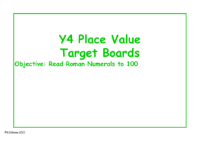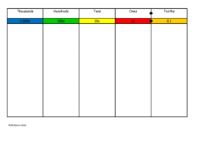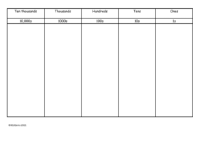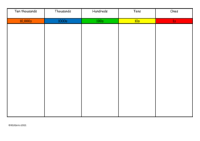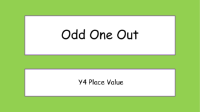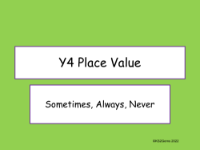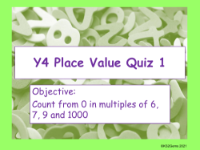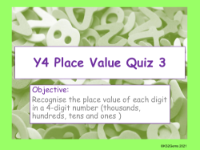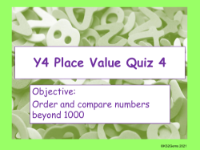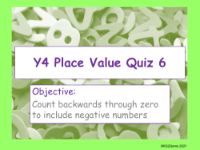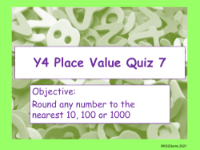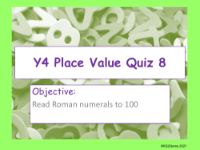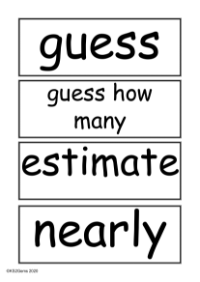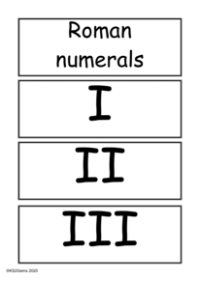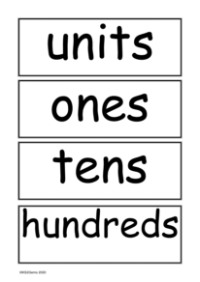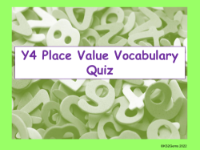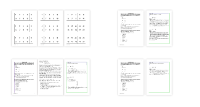Vocabulary - Properties of Number
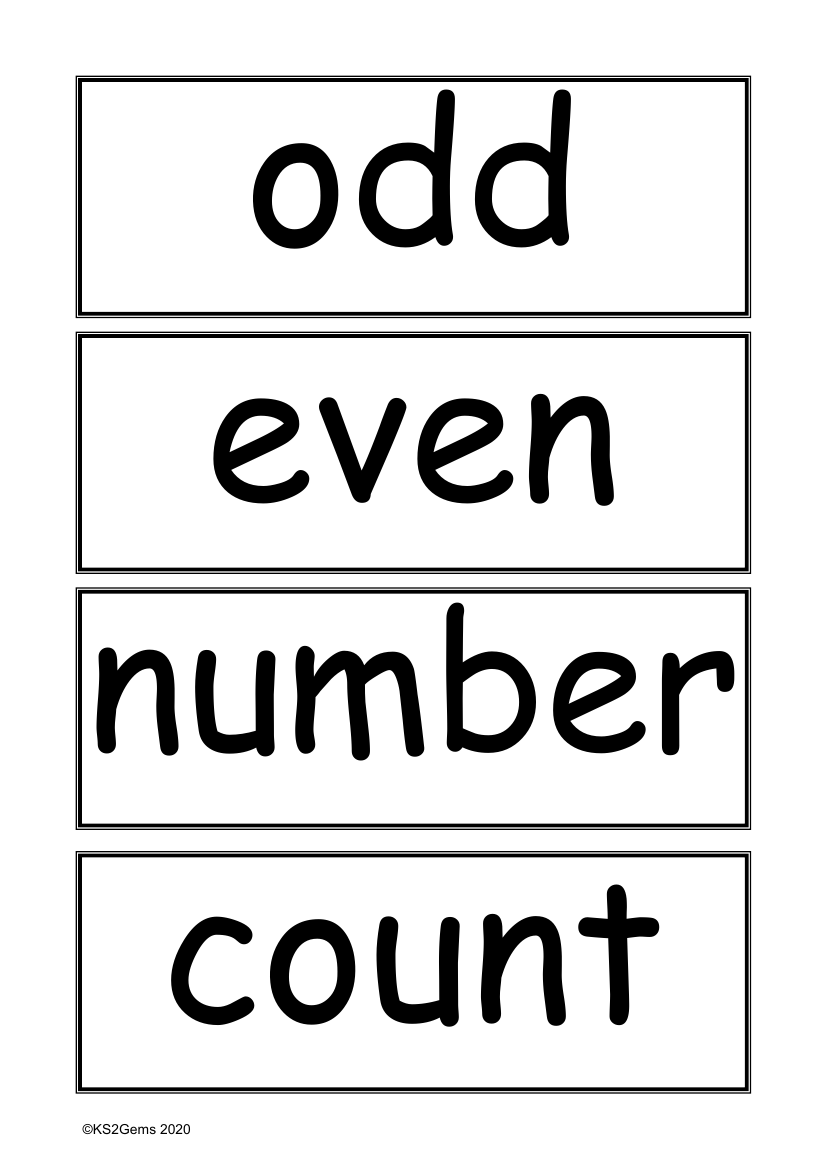
Maths Resource Description
The vocabulary list provided is a collection of terms related to the properties of numbers, aimed at enhancing the mathematical understanding of KS2 students. The terms 'odd' and 'even' classify numbers based on whether they can be divided by two without a remainder, with 'odd' numbers having a remainder and 'even' numbers dividing cleanly. The word 'number' is a fundamental concept, representing a quantity or amount, while 'count' refers to the action of determining the total number of items in a set.
Questions like 'how many?' or 'how many times?' are used to encourage students to think about quantity and frequency, whereas 'multiple of' refers to a number that can be divided by another number without a remainder. The term 'digit' represents a single numerical symbol, such as 0-9, and 'next' indicates the subsequent number in a sequence. 'Consecutive' numbers follow one after another in order, and a 'sequence' is an ordered list of numbers. Students are encouraged to 'continue' patterns, 'predict' future elements, and identify 'pairs' or sets of two. Understanding the 'rule' or 'relationship' between numbers helps students to 'sort' and 'classify' them into categories.
The term 'cardinal number' denotes a number that says how many of something there are, such as one, two, or three, while 'ordinal number' refers to a number that tells the position of something in a list, such as first, second, or third. 'Inequality' is a mathematical expression that indicates that two values are not equal, and a 'place holder' is a digit that shows the value of its position within a number. An 'interval' is the difference between two numbers, and 'natural number' refers to the positive integers starting from one. Lastly, 'property' is a characteristic or attribute that numbers possess, which can be used to define them or solve mathematical problems.
